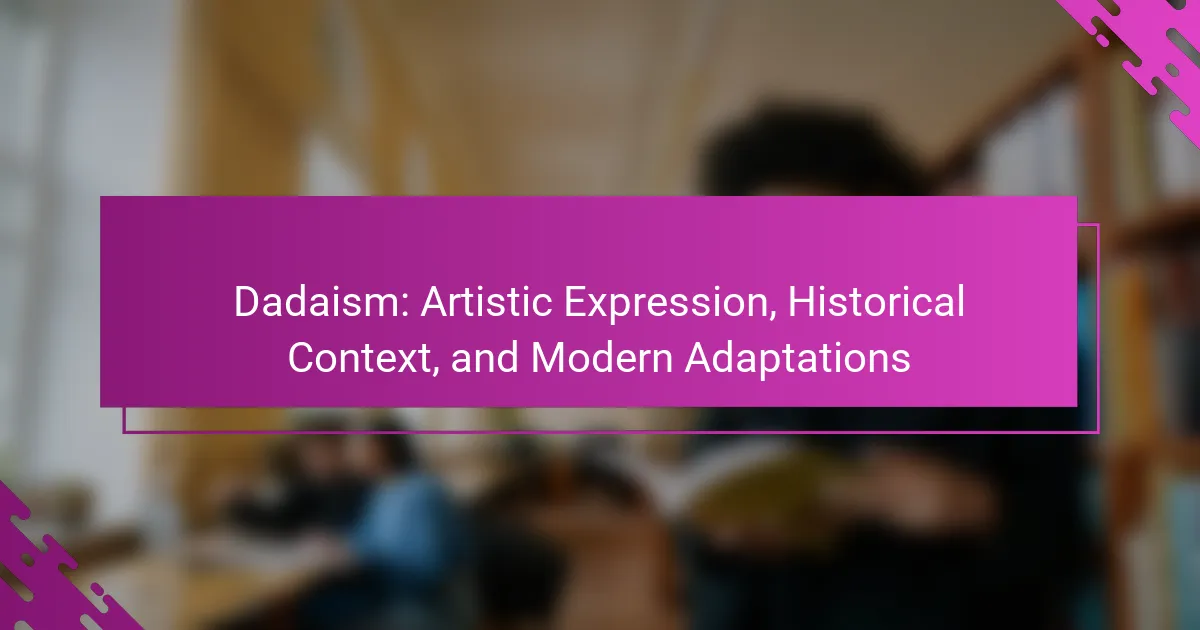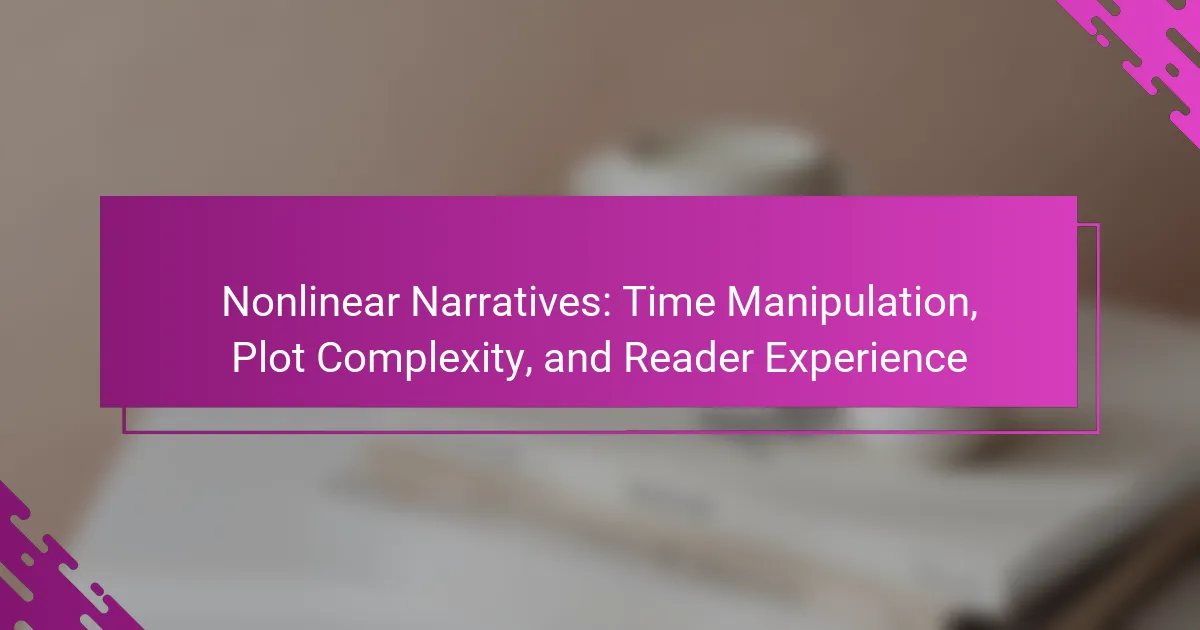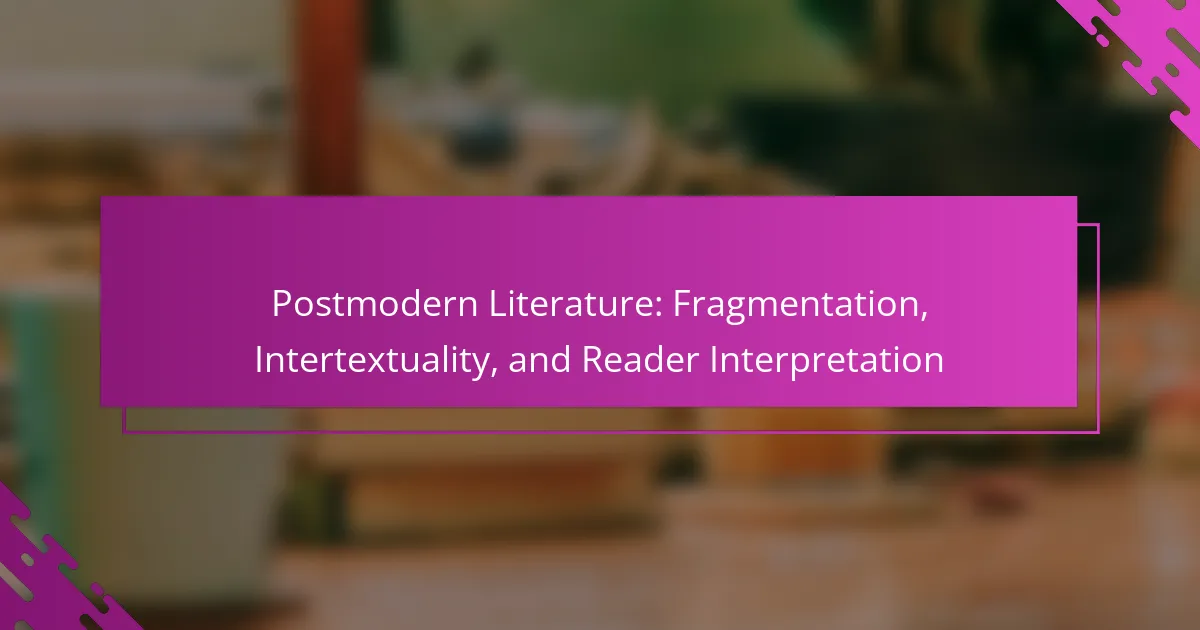The epistolary form enhances character development by providing intimate insights into thoughts and emotions. This article explores the distinct purposes of letters and diary entries, the engagement they foster, and the challenges writers face. It also offers strategies for crafting compelling narratives that maintain authenticity and emotional depth.

How does the epistolary form enhance character development?
The epistolary form enhances character development by providing intimate insights into characters’ thoughts and emotions. This format allows readers to experience personal reflections, fostering a deeper understanding of motivations. Letters and diary entries reveal unique attributes, such as vulnerability or conflict, that traditional narratives may not convey. Additionally, the use of different voices in correspondence can create a multi-faceted portrayal of characters, enriching the story’s emotional landscape.
What role do letters play in revealing inner thoughts and emotions?
Letters serve as a powerful medium for expressing inner thoughts and emotions. They provide a personal space for characters to articulate feelings, reveal vulnerabilities, and explore complex relationships. Through the epistolary form, characters often share their innermost thoughts, allowing readers to gain insight into their emotional states and motivations. This direct communication can create a deeper connection between the character and the audience, enhancing character development. For instance, letters can illustrate a character’s growth or conflict, showcasing their evolution over time. The unique attribute of letters lies in their ability to capture a moment in time, reflecting the writer’s emotional landscape and offering a glimpse into their psyche.
How can diary entries illustrate character growth over time?
Diary entries effectively illustrate character growth by showcasing evolving thoughts, emotions, and experiences over time. They provide insight into a character’s internal struggles and transformations, highlighting pivotal moments that influence development. For instance, early entries may reveal insecurities, while later reflections often demonstrate resilience and newfound confidence. This progression can be tracked through changes in language, tone, and perspective, offering a rich narrative of personal evolution. Overall, diary entries serve as a powerful tool for understanding the complexities of character development in literature.
Which narrative techniques are commonly used in epistolary writing?
Epistolary writing commonly employs techniques such as first-person narration, direct address, and fragmented timelines. These methods enhance character development and emotional depth. Letters and diary entries provide intimate insights into characters’ thoughts, motivations, and relationships, fostering reader engagement. Additionally, the use of varied voices and styles can reflect character individuality, enriching the narrative experience.

What are the different formats of epistolary writing?
Epistolary writing includes letters, diary entries, and character dialogues. Each format serves distinct purposes in storytelling. Letters convey direct communication between characters, revealing emotions and relationships. Diary entries provide intimate insights into a character’s thoughts and experiences, enhancing character development. Character dialogues create dynamic interactions, showcasing personality and conflict. These formats enrich narratives by offering varied perspectives and deepening reader engagement.
How do traditional letters differ from modern digital correspondence?
Traditional letters emphasize personal expression and emotional depth, while modern digital correspondence favors speed and brevity. Traditional letters often include detailed narratives and reflections, enhancing character development in epistolary forms. In contrast, digital messages prioritize efficiency, often sacrificing depth for quick communication. The unique attribute of traditional letters lies in their tangible nature, creating a lasting physical connection, whereas digital correspondence is ephemeral and easily altered. This shift impacts how individuals develop relationships and convey emotions through written communication.
What unique attributes do personal diaries offer in storytelling?
Personal diaries offer intimate insights, emotional depth, and authentic voice in storytelling. They allow readers to connect with characters on a personal level, revealing thoughts and feelings that traditional narrative forms may not convey. This unique attribute enhances character development by showcasing internal conflicts and growth over time. Diaries also provide a rare perspective, often presenting events through a subjective lens that adds complexity to the narrative.
Which cultural variations exist in the use of epistolary forms?
Cultural variations in epistolary forms reflect diverse practices in writing letters and diary entries. Different cultures emphasize distinct attributes such as formality, emotional expression, and purpose. For instance, Japanese culture often values indirectness and humility in letters, while Western cultures may prioritize directness and clarity. Additionally, diary entries in some cultures serve as a personal reflection tool, while in others, they may be viewed as a historical record. These variations highlight unique attributes of epistolary forms across societies.

How can epistolary writing influence reader engagement?
Epistolary writing significantly enhances reader engagement by creating intimacy and immediacy. This form allows readers to access characters’ thoughts and emotions directly through letters and diary entries. Such personal insights foster a deeper connection with characters, making their experiences more relatable.
Furthermore, the unique attribute of epistolary writing is its ability to present multiple perspectives. Readers can see events unfold through different voices, enriching the narrative and heightening emotional investment. As a result, this format encourages readers to actively interpret and engage with the text, enhancing overall enjoyment and retention.
Additionally, the use of real-time reflections in diary entries can create a sense of urgency and authenticity. Readers experience events as characters do, which can amplify suspense and emotional stakes. This immersive quality often leads to a more profound engagement with the storyline and its themes.
In conclusion, the epistolary form effectively draws readers into the narrative through personal connections, multiple viewpoints, and an authentic portrayal of character experiences.
What psychological effects do first-person narratives have on readers?
First-person narratives evoke strong psychological effects, enhancing empathy and emotional engagement in readers. These narratives create a sense of intimacy, allowing readers to experience characters’ thoughts and feelings directly. The epistolary form, through letters and diary entries, deepens character development by offering unique insights into their internal struggles and motivations. This immersive experience fosters a connection between the reader and the character, often leading to a more profound understanding of the character’s journey and emotional landscape.
How does the pacing of information affect reader immersion?
The pacing of information significantly enhances reader immersion by controlling emotional engagement and narrative tension. In epistolary forms, such as letters and diary entries, varied pacing can create suspense or intimacy. For instance, rapid exchanges can convey urgency, while slower, reflective entries deepen character development. This dynamic pacing allows readers to connect more profoundly with characters, as they experience their thoughts and emotions in real-time. By strategically altering the flow of information, authors can guide reader reactions and foster a more immersive experience.

What are some challenges writers face when using the epistolary form?
Writers face several challenges when using the epistolary form, including maintaining character voice, pacing the narrative, and ensuring authenticity. Character voice can become inconsistent, leading to a lack of credibility. Pacing issues arise as letters or diary entries may disrupt the flow of the story. Authenticity is crucial; writers must convincingly replicate the style of communication relevant to the time or character. Balancing these elements requires careful planning and attention to detail.
Which common pitfalls should be avoided in letter writing?
To avoid common pitfalls in letter writing, focus on clarity, tone, and structure. Many writers fail to maintain a consistent tone, leading to confusion. Avoid overly complex language that can obscure your message. Ensure your letter has a clear purpose and follows a logical structure, including an introduction, body, and conclusion. Additionally, be cautious of grammatical errors, as they can undermine your credibility. Lastly, avoid being overly verbose; concise writing often conveys your message more effectively.
How can writers maintain authenticity in character voice?
Writers can maintain authenticity in character voice by using distinct language and emotional depth. The epistolary form, including letters and diary entries, allows characters to express their thoughts uniquely. This format emphasizes personal perspective, enhancing character development. Writers should focus on each character’s background, motivations, and relationships to create authentic voices. Consistent tone and style throughout correspondence reinforce individuality, making characters relatable. Engaging in research about various writing styles can also enrich character voices, ensuring they resonate with readers.

What are the best practices for crafting compelling epistolary narratives?
To craft compelling epistolary narratives, focus on authenticity, character voice, and emotional depth. Use letters and diary entries to reveal inner thoughts, creating intimacy with readers.
1. Develop distinct character voices to enhance authenticity.
2. Incorporate sensory details to evoke emotions and settings.
3. Utilize conflict and tension to drive the narrative forward.
4. Vary the format to maintain reader engagement, such as mixing letters with diary entries.
5. Ensure consistency in tone and style to strengthen character development.
How can writers effectively balance multiple perspectives within letters?
Writers can effectively balance multiple perspectives within letters by using distinct voices and tones for each character. This technique enhances character development and adds depth to the narrative.
Incorporating varying viewpoints allows readers to grasp the complexity of relationships and conflicts. Writers should ensure that each perspective is unique, reflecting individual traits and experiences.
Utilizing techniques such as alternating narrators or including dialogue can further enrich the epistolary form. This approach creates a dynamic reading experience, engaging the audience with diverse insights.
Maintaining clarity is essential; writers must avoid confusion by clearly signaling shifts in perspective. Consistent formatting, such as date stamps or character signatures, can help delineate different voices effectively.
What strategies enhance emotional resonance in diary entries?
To enhance emotional resonance in diary entries, focus on authenticity, vivid imagery, and personal reflection. Use descriptive language to evoke feelings and create a strong sense of place and time. Incorporate personal anecdotes to deepen connection and express vulnerability. This approach fosters empathy and encourages readers to engage with the emotions conveyed.
How can feedback and revisions improve epistolary writing quality?
Feedback and revisions significantly enhance the quality of epistolary writing by refining character development and emotional depth. Constructive criticism allows writers to identify inconsistencies in voice and tone, ensuring authenticity in letters and diary entries. Additionally, revisions help clarify plot points and character motivations, fostering a deeper connection with readers. The iterative process of feedback enables writers to explore unique attributes of their characters, resulting in richer narratives. Engaging with peer reviews can also introduce rare perspectives, inspiring creative solutions to narrative challenges.



